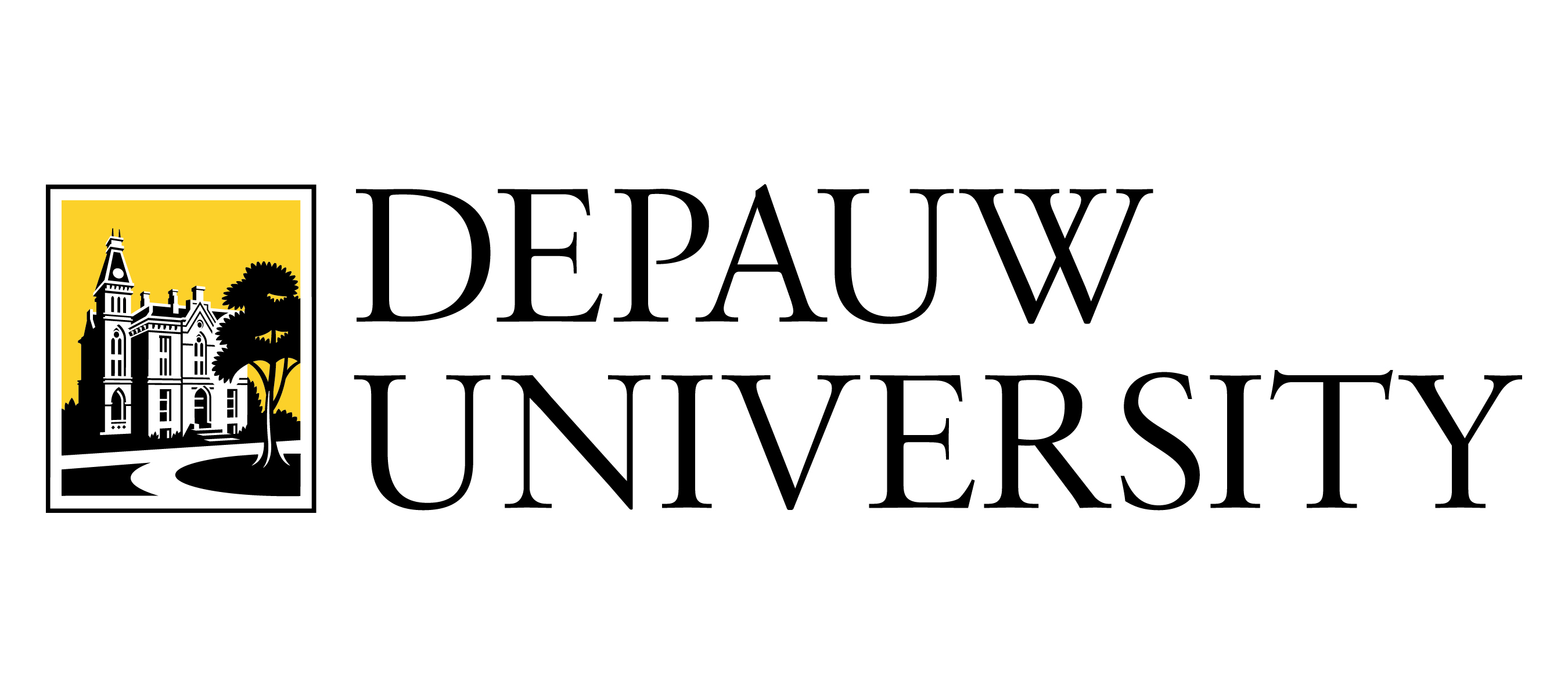Document Type
Syllabus
Publication Date
Spring 2024
Course Description
The civil rights movement in education is most prominently associated with the Brown v. Board of Education decision and the desegregation of public schools in the United States, but this decision is actually part of a much broader movement. From the Lau v. Nichols decision which challenged discrimination against Chinese speakers, to the Serrano v. Priest decision which contested inequitable funding in California, the civil rights movement in education has historically been a broad-based, multi-racial struggle with multiple, sometimes competing, visions of what education can and should be. The Chicano/Latino civil rights struggle—from the Serrano decision, to the LA School Walkouts, to the battle over Mexican-American studies in Arizona--has been a critical component of this ongoing movement. This course looks at the Chicano/Latino civil rights movement through the lens of books removed in 2010 from classrooms in the Tucson Unified School District when its governing board disbanded the Mexican-American studies program in that district. In this course we will read these “banned” books, placing them in context and exploring their content through an examination of educational theory, historic court cases, social theory, Chicano/Latino history and current events. We also connect these events to current struggles over curricula, books, and teaching in K-12 schools throughout the US.
Recommended Citation
Alexander, Rebecca, "EDUC 290A Banned Books: Education and The Chicano/Latino Civil Rights Struggle from LA to Tucson….and Ongoing Struggles for Critical Ethnic Studies in K-12 Schools Alexander Spring 2024" (2024). Course Syllabi. 354, Scholarly and Creative Work from DePauw University.
https://scholarship.depauw.edu/records_syllabi/354



Student Outcomes
Student learning outcomes: By the end of this course students will be able to: